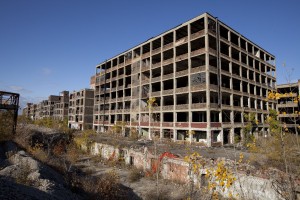
A city's high violent crime rate can result from any number of societal factors, and attempts at pinpointing can quickly turn into a tricky -- if not specious -- exercise.
While it's easy enough to find correlations, proving causation becomes a far greater challenge: just because two variables occur simultaneously does not mean one was the cause of the other. For instance, even though most violent cities also have higher-than-average unemployment rates, not all all cities with high unemployment rates are violent. And while some perennially high-crime cities clearly suffer from a shortage of police officers, many relatively safe cities also have a low rate of officers per population.
Many criminologists caution against direct comparisons of cities, noting the unique nature of crime in each community and the myriad factors that may contribute to the problem, from variables as disparate as home ownership rates to the quality of local schools to the amount of open space and parks to the degree of gang and drug activity. Every city has a distinct pulse and DNA.
Having said that though, it's shortsighted to ignore the basic economic realities affecting residents of cities with particularly high rates of violent crime. In a recent post, we listed America's 10 most dangerous cities, based on 2012 violent crime rates (as reported by the FBI). The chart below -- using data from a variety of federal and state government sources (see below) -- visualizes some of the key income-related factors in those cities as they compare to national averages (shown in the black bar). Without attempting to draw any direct conclusions or downplay other relevant variables, it is worth noting -- and hardly surprising --- that in 2012, every city on the list had poverty and unemployment rates exceeding the national average -- dramatically so, in some instances -- as well as lower-than-average median household incomes. Additionally, a number of these cities have long faced major financial crises, public service shortages and population drains, including Stockton and Detroit, both of which filed for bankruptcy in 2013, and Cleveland, which experienced one of the highest foreclosure rates in the nation at the height of the housing crisis.